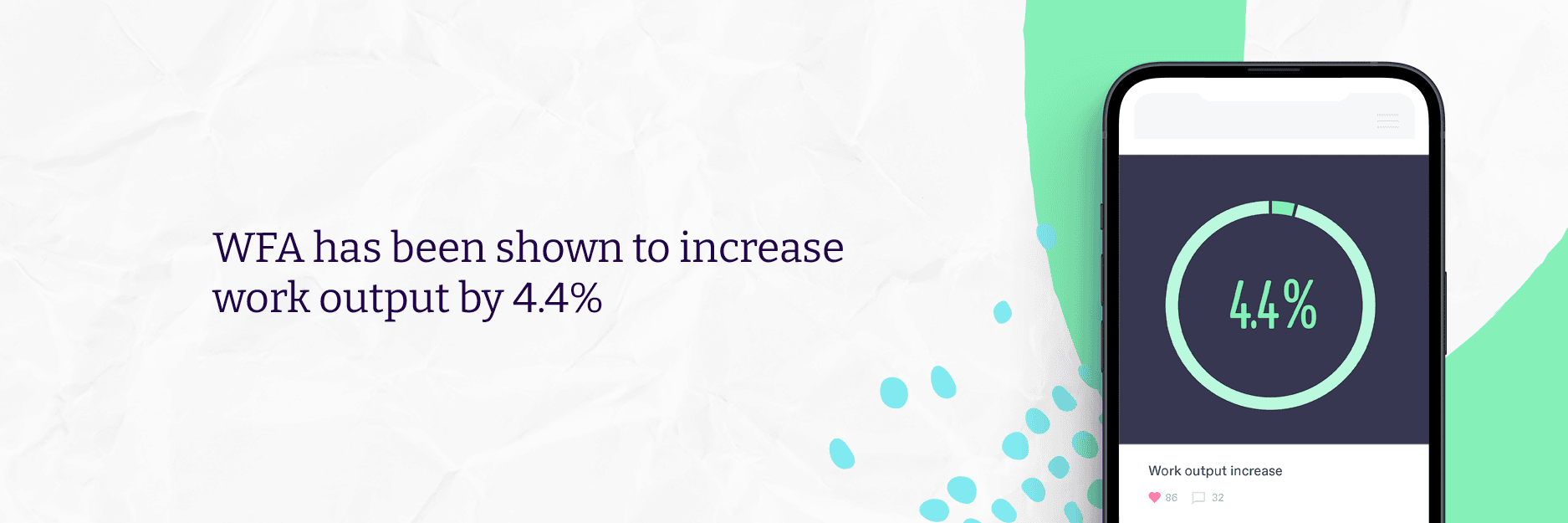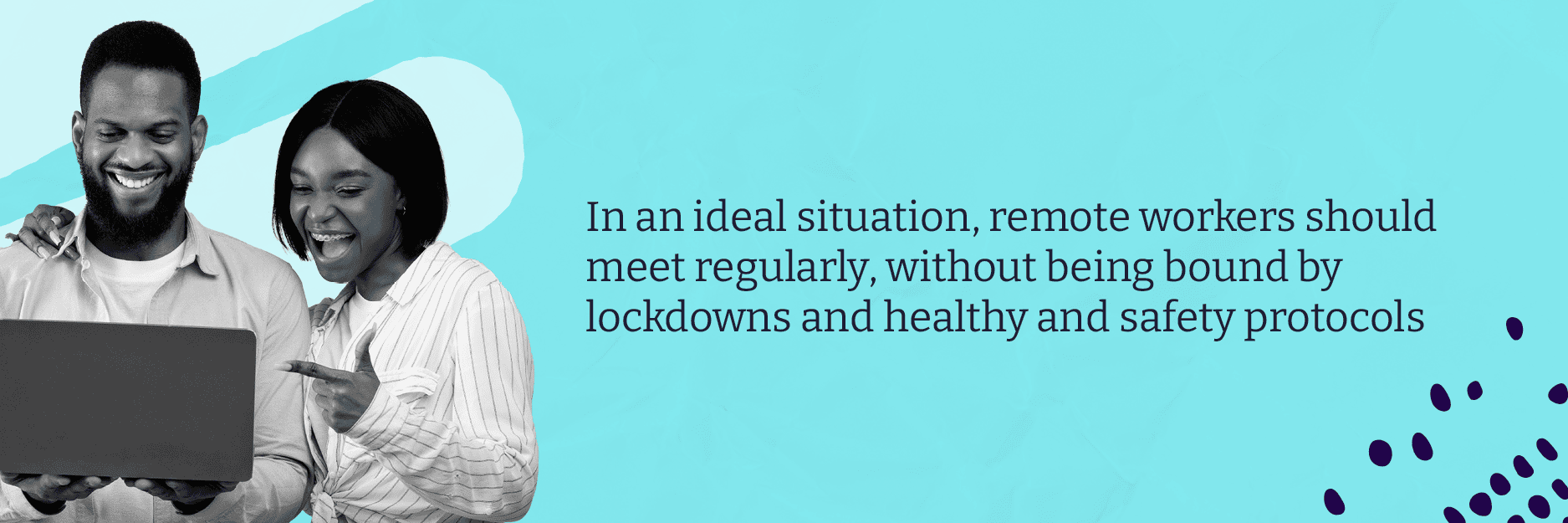It’s Time To Ditch ‘Work From Home’ for ‘Work From Anywhere’

Barry Nyhan
Senior Demand Gen & Marketing Ops
August 30 2022

Our pandemic-fueled experience of WFH is a far cry from the reality of WFA, writes Jared Lindzon – and the distinction is crucial.
I had worked remotely for seven years prior to 2020, and during that time I frequently told friends, family, and anyone else who made the mistake of inquiring just how great the lifestyle was.
So when the pandemic struck, many of them expressed genuine confusion – and in some cases, outrage – at those past descriptions. I had long described remote work using terms like ‘freedom’ and ‘autonomy’, reveling in my ability to easily change workspaces and travel on a whim without skipping a beat at work. This description, however, was not consistent with their first experience working remotely. In fact, it was the total opposite.
The reality is that the pandemic sucked for just about everyone – myself included – but it was especially difficult for those who shared their homes with children, parents, or roommates, had particularly small living quarters, had underlying health conditions or high-risk family members, had work friends they genuinely missed being around, or who had gotten accustomed to frequent travel.

During the pandemic, many who struggled with remote work complained about a lack of work-life separation, of constant distractions and competing priorities at home, and of feeling isolated from others. The thing is, these aren’t features of remote work: they are features of the pandemic.
They were also told that what they were doing was ‘remote work’, and rather than associating it with the freedom of movement as I had, it became associated with the confinement of the pandemic. In my view, they didn’t despise remote work; they despised working from home during a pandemic, even if they couldn’t understand the distinction. And I can’t blame them: I hated it too.
However, as I had to repeat time and time again throughout that period – and continue to repeat to this day – working remotely during a pandemic is not remote work.
WFH versus WFA
What’s missing from those conversations is an understanding of the distinction between work from home (WFH) and work from anywhere (WFA). The latter was a term coined by Harvard Business School professor Prithwiraj Choudhury in 2018, during a study into the United States Patent and Trade Office as it transitioned its staff to remote work. It refers to an employee population that is entirely free to choose their work location, and the study found that work output increased by 4.4% after its implementation.

“Work from anywhere leads to hiring from anywhere,” Choudhury tells me. “The entire world becomes your labor market, and that’s the big benefit of work from anywhere for the employer.”
Through the Patent Office study and others that came after it, Choudhury and his team have found that WFA improves team cohesion, productivity, employee satisfaction, and manager ratings as compared with WFH.
He also discovered that the greatest productivity gains occur when employees have the ability to work from anywhere about 75% of the time. Rather than spending the remaining 25% in an office environment, however, he says that time is better spent in a more relaxed setting, like a company retreat or social event, spread over a few immersive days every month or quarter.
“I love seeing my colleagues, but I don’t need to meet them every day,” he said. “In fact, if I meet them once a month or once a quarter in deep immersion, our conversations are much deeper.”
Employers seeking to implement a WFA policy should still gather their team in person for a few days every month or quarter in order to truly reap the full benefits, advises Choudhury. Like the ability to safely leave the house to work from a café or send kids to daycare, this was another major piece of the remote work puzzle that was lacking during the pandemic.
Today, many associate remote work with not seeing their colleagues in person, but in an ideal situation they should meet regularly, without being bound by lockdowns and health and safety protocols.

The truth is that many people haven’t really experienced remote work, even if they think they have. They worked from home during a pandemic and returned to the office at the first opportunity, but at no point could they actually work from anywhere.
That is why I would encourage those who have only experienced remote work in a confined space during a pandemic to give it another shot. After all, they haven’t really experienced the benefits of the lifestyle that I gleefully describe to anyone who makes the mistake of asking me; they just worked from home during a pandemic, and that is most definitely not the same thing.